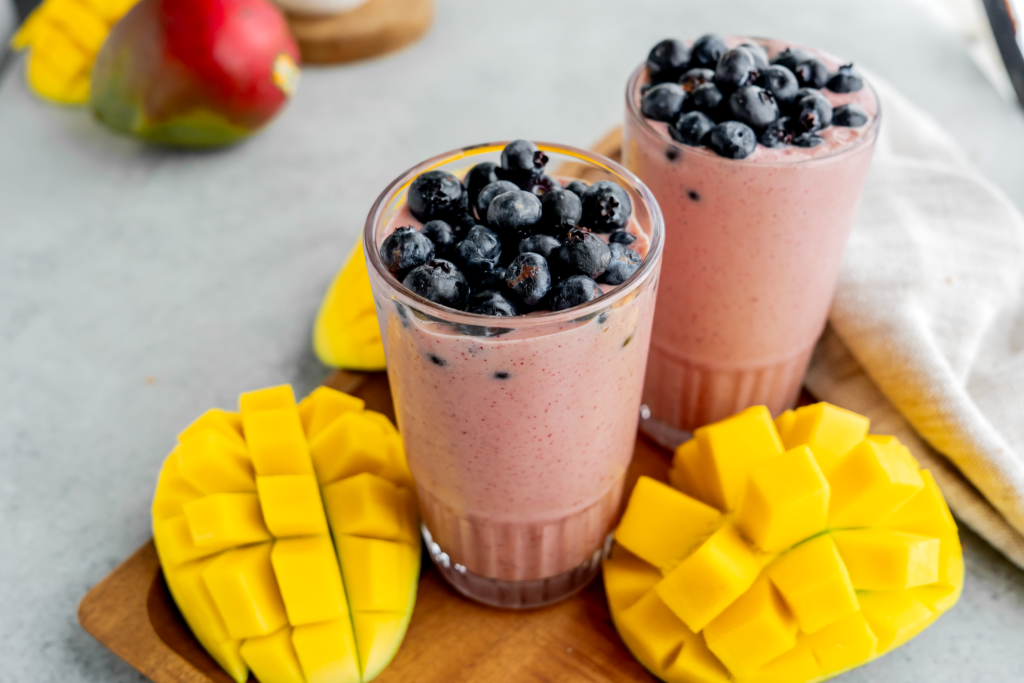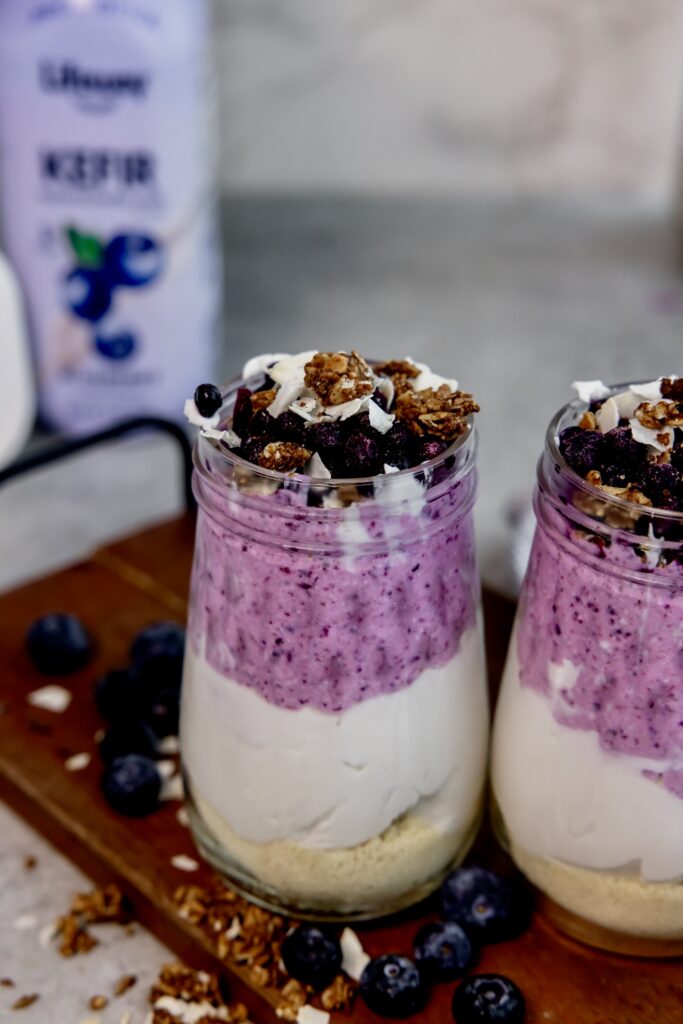Everyone’s talking about probiotics these days – the healthy bacteria in our gut that help regulate digestion, support immunity, and generally make you feel good. In order for probiotics to work at their best, we need to pair it with a fiber called prebiotics, another equally important component of a healthy diet. But what exactly are they?
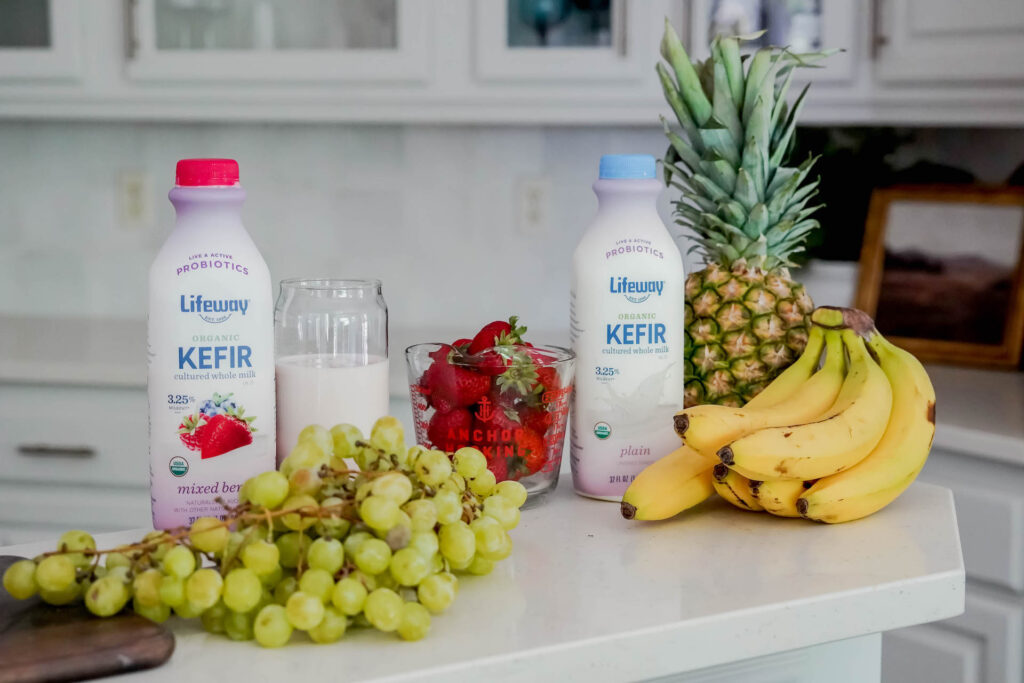
Prebiotics + Probiotics = a Healthy You
Prebiotics are non-living, non-digestible carbohydrates naturally found in a variety of foods. Your body actually can’t digest prebiotics, so they’re what probiotics feed off of to remain actively working in your digestive system. They help the digestive system by promoting the growth of good bacteria. Probiotics need prebiotics to feed off of to remain actively working at their maximum potential in the digestive system. They work together to make sure the body stays on track and regular. The bacteria in the gut also ferment these fibers into short-chain fatty acids (SCFAs), which play an important role in regulating immunity and have anti-microbial and anti-inflammatory properties.
Research has found that consuming a variety of prebiotic and probiotic food sources may maintain a healthy gut microbiome to improve your body’s natural functions, including both your immune and digestive systems.
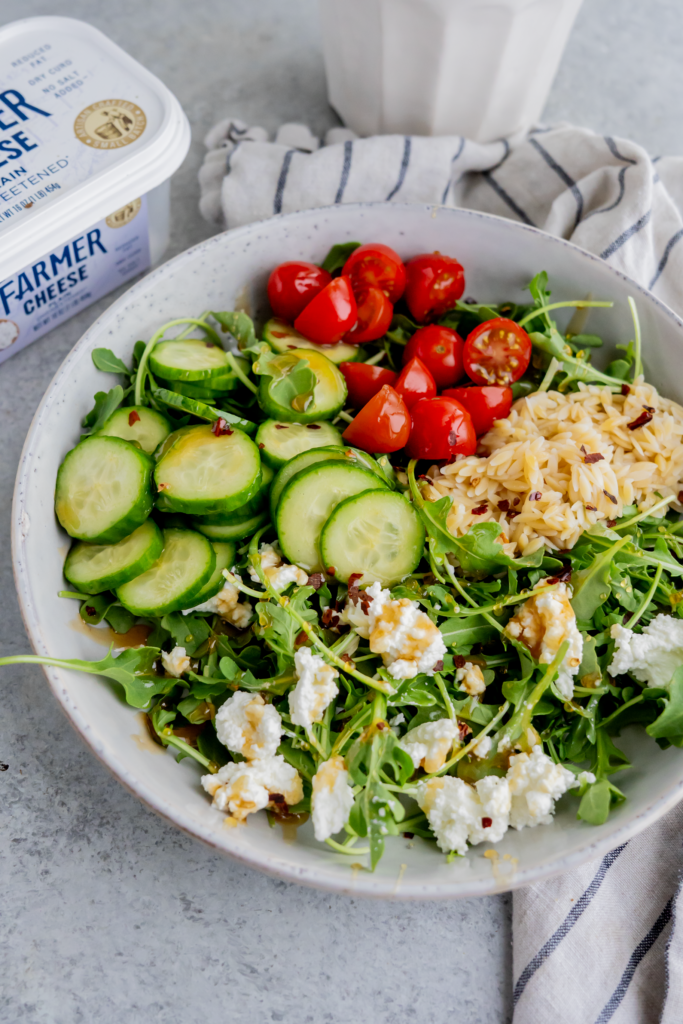
How to Eat More Prebiotics:
To optimize the environment for probiotics, it’s recommended to consume prebiotic-rich foods with probiotic-rich foods. For example, add some berries and banana to a smoothie with Lifeway Kefir, or make some overnight oats with oats, chia seeds, Lifeway Kefir, berries, and some nuts and seeds. Make a salad with some leafy greens, veggies, beans or chickpeas, quinoa or rice, and top with Lifeway Farmer Cheese or Kefir. These are just some examples of how to pair them together—we have many more!
It’s important to know that while all prebiotics are a type of fiber, not all fibers are prebiotics. Think of it like this: All roses are types of flowers, but not all flowers are types of roses. Makes sense, right? Prebiotics are special types of fiber that ferment in the gut and feed your microbiome and the bacteria that lives there. So even though all fiber sources are great to include in your diet, it’s always nice to be mindful to include several types of prebiotic fibers throughout the day. Luckily, there are plenty of choices.
What Foods Have Prebiotics?
Prebiotic fibers can be found in foods such as oats, whole wheat, barley, bananas, apples, cherries, mangoes, avocados, potatoes, pumpkin and squash, raisins, dates, artichokes, peas, beans and lentils, gluten-free grains like quinoa and millet, raspberries and blackberries, onions, garlic, and asparagus to name some popular options. Nuts and seeds that are rich in prebiotics include cashews, pistachios, walnuts, chia seeds, and flax seeds.
Some food products (like protein bars, protein powders, fiber powders or high-fiber bars) may contain added prebiotic fiber in the form of inulin (chicory root fiber or agave fiber), galactooligosaccharides (GOS), and fructooligosaccharides (FOS). If you’re new to using high-fiber foods, starting with food sources listed above first can help you ease your way into eating more prebiotic-rich foods to reduce gastrointestinal issues. Pairing them with probiotic foods like Lifeway Kefir can also assist with the breakdown of these fibers during digestion.

5 Easy Ways to Add Prebiotics and Probiotics to Your Day:
1. Brilliant Blends: Smoothies, Puddings, and Overnight Oats
Try our Tropical Kefir Smoothie Bowl that contains Lifeway Kefir, mangoes, and other fruits excellent for gut health. Our kefir also packs this recipe with protein and probiotics while the fruits and toppings add prebiotic fiber. Our Blueberry Mango Smoothie and Blackberry Vanilla Protein Shakes are other delicious options. Love overnight oats? This Blended Blueberry Probiotic Chia Pudding and Pumpkin Spice Protein Overnight Oats are two of our latest favorites.
2. Toasts, Dips, and Spreads
Give your toast a gut-healthy, protein-rich boost with Lifeway Farmer Cheese. Our high-protein, smoothy and creamy cheese contains live and active probiotic cultures your gut will love and is 99% lactose-free. Try it on our Maple Pear Toast for a delicious option with simple ingredients you’ll love. Love avocado toast? Try this Savory Herb Avocado Toast with Farmer Cheese. Or, for a classic combo, this Strawberry Banana Peanut Butter Toast is always a win. Dip your way into better gut health with savory and sweet spreads. Try our Savory Farmer Cheese Spread, Cinnamon Apple Farmer Cheese Dip, or this sweet Whipped Berry Farmer Cheese Dip.
3. Soups and Salads
When the weather cools down, it’s soup mode for months on end. Try our Creamy Tomato, Lentil, Spinach, and Potato Soup, Roasted Veggie Soup, or Cauliflower, White Bean, and Potato Soup. Top your soup with our farmer cheese, and pair it with a crisp piece of sourdough or gluten-free bread. Salads are another great choice to pile probiotics and prebiotics into one tasty bowl whether it’s cool or warm outside. This Hot Honey and Farmer Cheese Orzo Salad is a nice one that combines a variety of prebiotic fiber-rich foods with our probiotic Farmer Cheese. Or, go with this pasta salad for a heartier option that’s not too heavy.
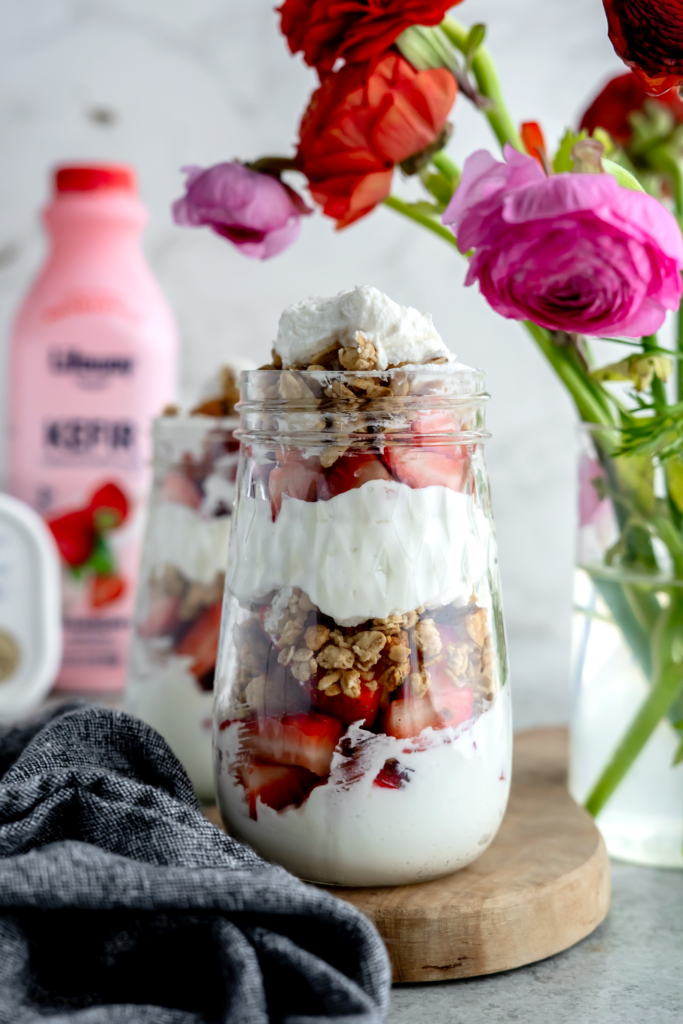
4. Gut-Healthy Snacks
Make a high-protein parfait as a healthy snack that’s loaded with prebiotics and probiotics, or bump things up a notch with this Strawberry Kefir Dream Parfait. You’ll also love these Chocolate Peanut Butter Oat Bars for afterschool snacks that you can enjoy all week long as well as this Farmer Cheese Berry Bark for an extra special treat. Short on time? Eat an apple or banana with a glass of Lifeway Kefir to keep things super simple!
5. Hearty Bowls for Lunch or Dinner
For lunch or dinner, you’ve got plenty of ways to pack high-fiber prebiotic foods and probiotics into your meals. This trendy Probiotic Sweet Potato Protein Bowl is a favorite for a heartier option. Or, try this Mediterranean Protein Bowl to keep things light, but still filling and packed with gut health benefits. This High-Protein Egg and Avocado Bowl is another easy one to love.
For more probiotic-rich, prebiotic-filled recipe inspiration, check out our recipes here, and visit our Pinterest page for more ideas!
